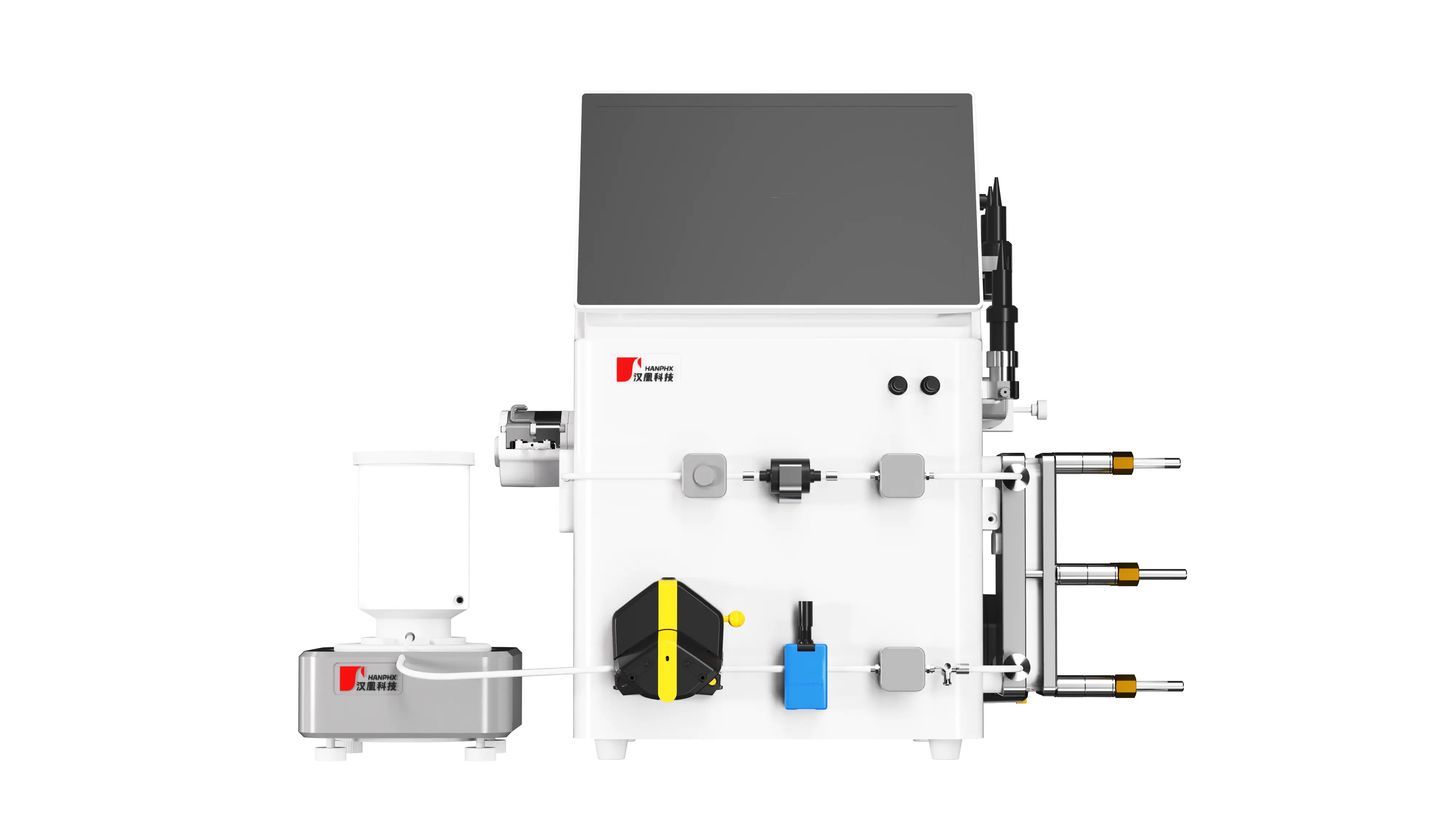





Two types of ultrafiltration systems commonly used in the biopharmaceutical industry are packaged and hollow fibre based, depending on the membrane components. Generally speaking: hollow fibre is more suitable for larger/dirtier samples (e.g. solid-liquid separation, cell lysates, etc.), whereas membrane pack is more suitable for cleaner samples (e.g. protein concentration, sample buffer replacement or protein denaturation, etc.). Comparatively speaking, the sample throughput of a membrane pack with a similar membrane pore size is greater than that of a hollow fibre, but if the sample is dirty, the pack will tend to clog. However, due to the different membrane materials and internal structures, each has its own advantages in separating samples.
Tangential flow ultrafiltration is a form of filtration in which the direction of liquid flow is perpendicular to the direction of filtration, i.e. the liquid flows in a direction parallel to the membrane and scours the surface of the membrane at the same time so that a gel layer does not form on the membrane surface and a stable ultrafiltration rate is maintained.
Tangential flow ultrafiltration is widely used in research and development, pilot, and industrial production. For large-scale liquid filtration, the tangential flow ultrafiltration method is used to produce a shear force on the surface of the filter media, which reduces the accumulation of filter cake or gel layer and ensures a stable filtration rate.
Tangential flow ultrafiltration is mainly used for concentration, wash filtration (desalination and buffer replacement), and size separation of biomolecules. In addition, it can also be used for the removal and clarification of cells and cell debris from fermentation broths or cell culture broths.
